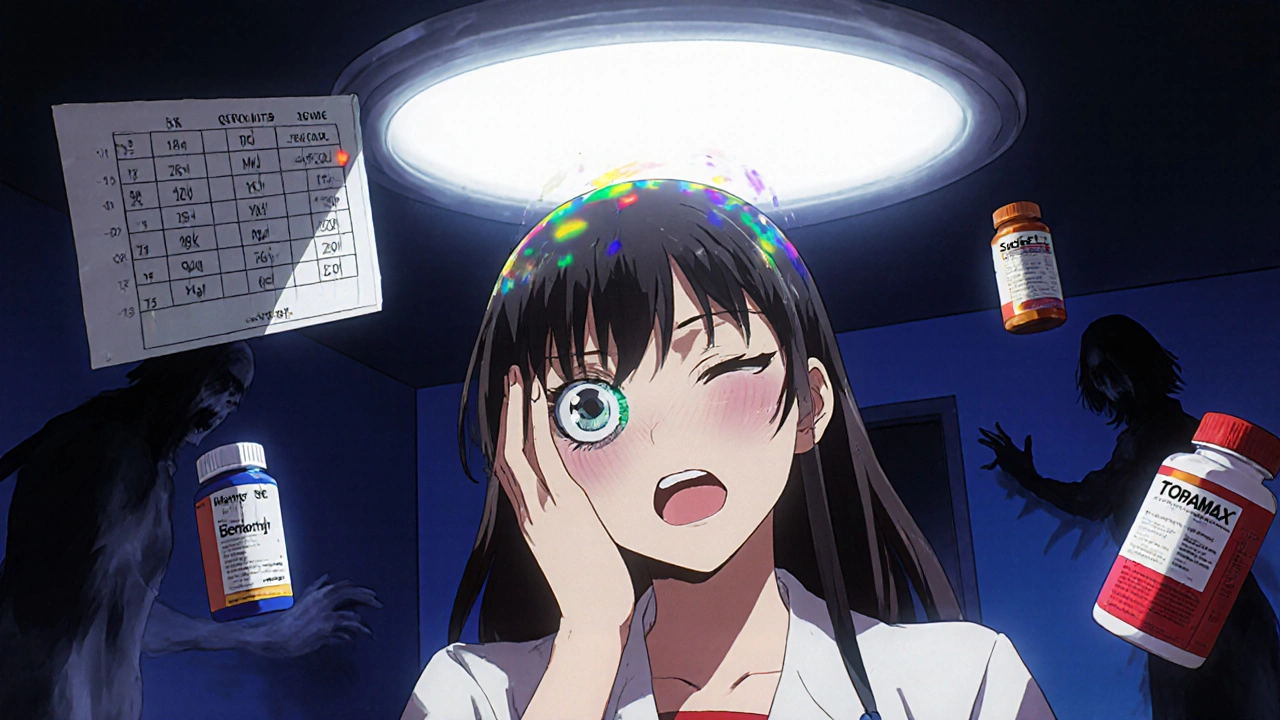Narrow Angle Glaucoma: Symptoms, Risks, and What You Need to Know
When the drainage angle in your eye becomes blocked, narrow angle glaucoma, a type of eye disease where fluid can't drain properly, causing pressure to build up and damage the optic nerve. Also known as acute angle-closure glaucoma, it’s not a slow, silent condition—it’s a medical emergency that can blind you in hours if ignored. Unlike the more common open-angle glaucoma, which creeps up over years, narrow angle glaucoma often hits without warning. You might wake up with a red, painful eye, blurry vision, or see halos around lights. Nausea and vomiting can follow. These aren’t just bad eye days—they’re red flags.
This condition doesn’t affect everyone equally. People over 60, those of Asian or Inuit descent, and women are at higher risk. If you’re farsighted, your eyes are naturally smaller, which crowds the drainage angle and makes blockages more likely. Certain medications—like antihistamines, decongestants, or some antidepressants—can trigger an attack in people who already have narrow angles. That’s why eye doctors check your drainage angle during routine exams, especially if you’re in a high-risk group. Catching it early means a simple laser procedure can prevent disaster. Waiting until you’re in pain? That’s when you risk losing vision for good.
Narrow angle glaucoma relates directly to eye pressure, the force exerted by fluid inside the eye, which must stay within a safe range to protect the optic nerve. When pressure spikes suddenly, it crushes nerve fibers that connect your eye to your brain. Once those nerves die, they don’t come back. That’s why optic nerve damage, the irreversible result of uncontrolled eye pressure, often leading to permanent vision loss is the endgame. And acute glaucoma, the sudden, painful form of narrow angle glaucoma that requires immediate treatment is the most dangerous version. You can’t treat this at home. No drops, no rest, no waiting it out. If you have these symptoms, you need to see an eye doctor right away—like, now.
The posts below cover real-world scenarios you won’t find in brochures: how to spot early signs before an attack, what medications to avoid if you’re at risk, how emergency eye care works, and what happens after laser treatment. You’ll also find info on how other eye conditions, like cataracts or diabetes, can interact with glaucoma. This isn’t theory. It’s what people actually experience—and what you need to know to protect your vision.
Medication-Induced Acute Angle-Closure Glaucoma: A Sudden Eye Emergency You Can't Afford to Miss
Medication-induced acute angle-closure glaucoma is a sudden, painful eye emergency that can cause permanent blindness in hours. Common drugs like antihistamines, decongestants, and eye drops can trigger it in people with narrow eye angles - often without warning.

